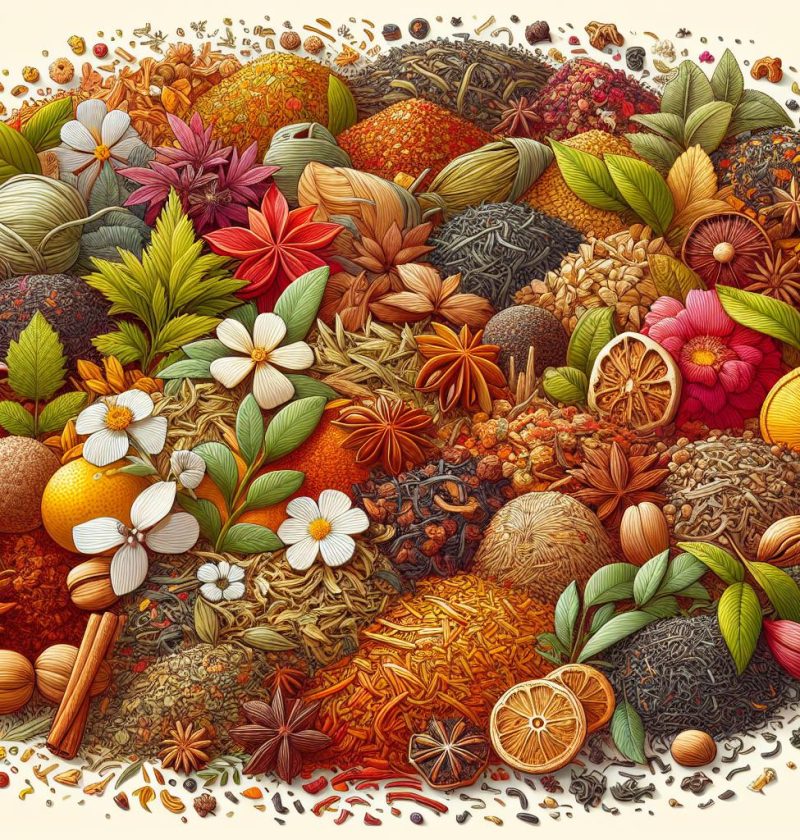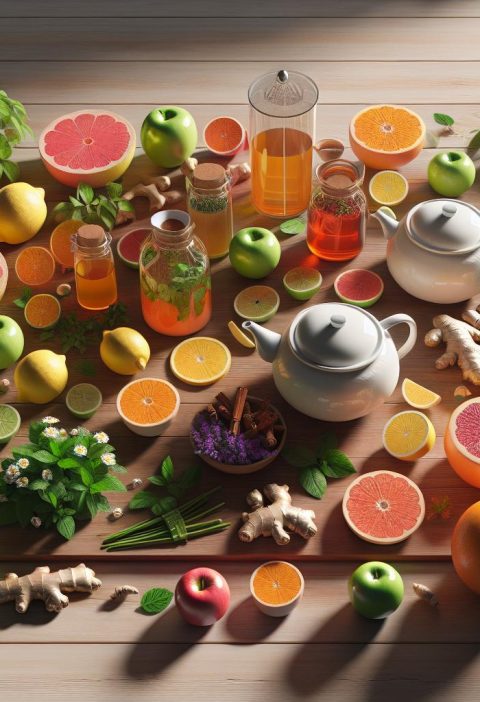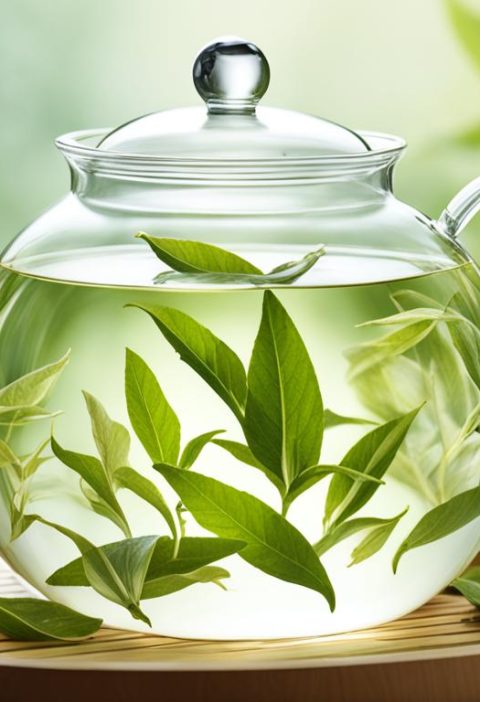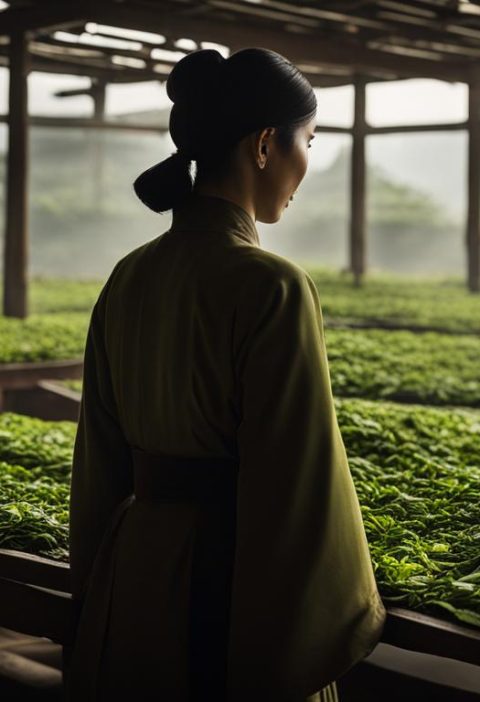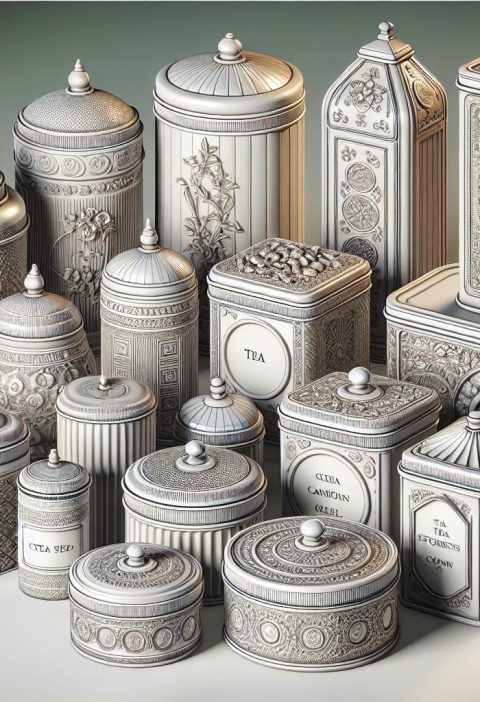When it comes to exploring the world of loose tea, the journey is not just about taste but also about the captivating aromas that dance through the air. Each whiff can transport us to different corners of the globe, from the lush tea gardens of Darjeeling to the serene mountains of Japan. The aromatic symphony of loose tea leaves invites us to indulge our senses and embark on a sensory adventure like no other.
As we delve deeper into the realm of loose tea, we uncover a myriad of fragrances that tantalize our olfactory senses. From the floral notes of jasmine to the earthy undertones of pu-erh, each aroma tells a unique story waiting to be savored. Join us as we unravel the secrets behind these enchanting scents and discover the hidden treasures that lie within each cup of loose tea.
Exploring Aromas in Loose Tea
When it comes to delving into the world of loose tea, one cannot ignore the captivating array of aromas that await. The aromatic profiles of different teas can transport us to distant lands and evoke a sense of exploration right in the comfort of our homes. Let’s unravel the enchanting aromas found in loose tea and how they can elevate our tea-drinking experience.
For Tea Enthusiasts at Any Level:
-
For Beginners: Embracing the Basics
- Start by familiarizing yourself with common tea aroma descriptors like floral, fruity, grassy, and malty.
- Explore various tea types such as green, black, oolong, and white to experience a range of aromas.
- Enhance your aromatic journey by engaging in tea-tasting sessions to train your senses.
-
For Intermediate Aficionados: Diving Deeper
- Experiment with tea blends that combine different aromas for a unique sensory experience.
- Learn to differentiate between subtle aroma notes like nutty, spicy, earthy, and woody tones.
- Consider exploring single-origin teas to appreciate region-specific aroma profiles.
- Delve into the world of aged and fermented teas to encounter complex and evolving aromas.
- Fine-tune your palate to detect nuanced fragrance nuances and undertones in premium loose teas.
- Create your personalized tea aroma wheel to categorize and identify various scent components accurately.
With every brew, we embark on a sensorial adventure through the diverse and nuanced aromas of loose tea, a journey that continuously surprises and delights our senses. Let’s continue to savor the aromatic symphony that each cup of tea offers, enriching our tea-drinking rituals with a tapestry of delightful scents.
Origins of Aromas in Loose Tea
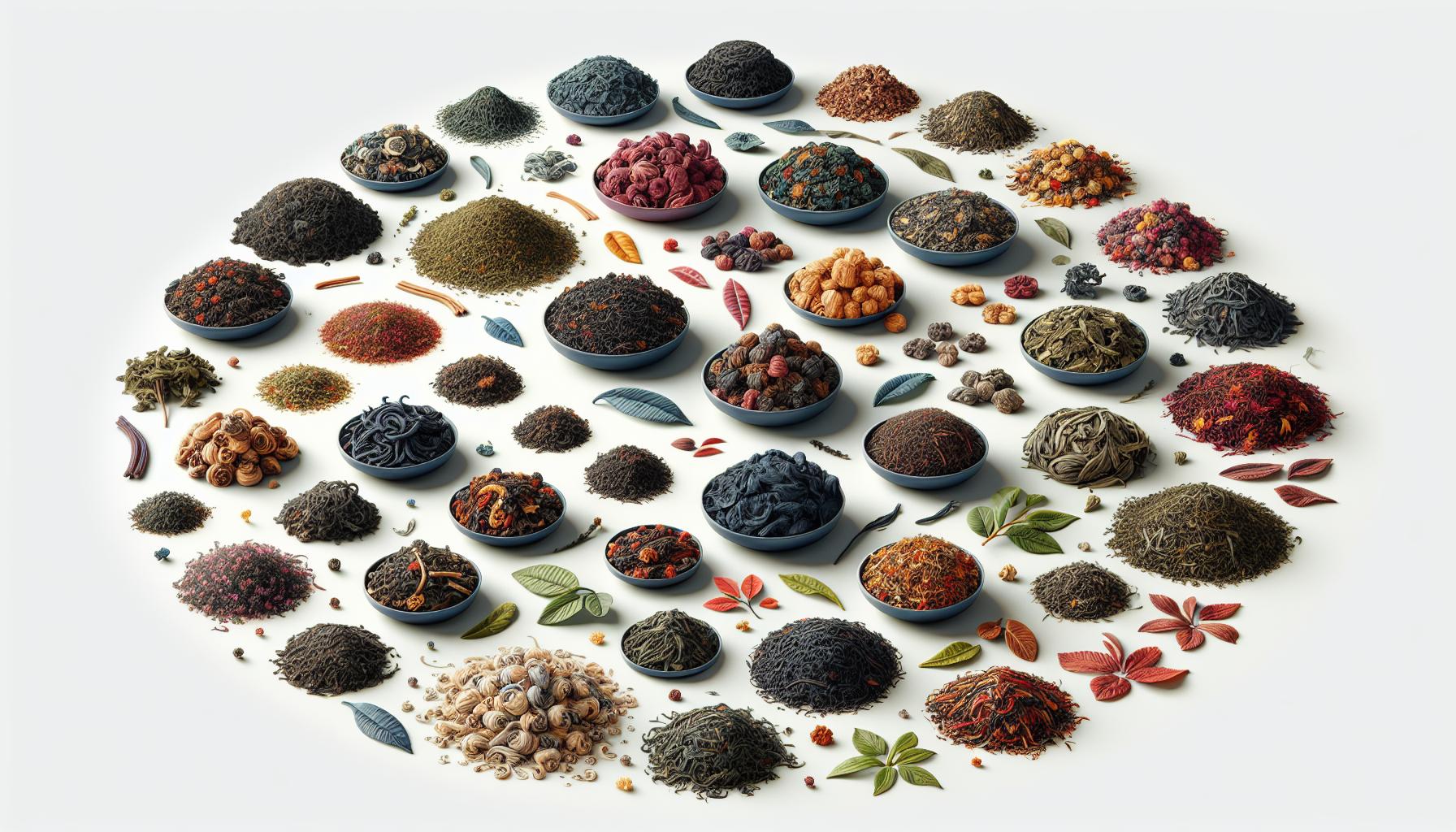
When it comes to the captivating scents of loose tea, understanding the origins of these aromas can deepen our appreciation for this sensory experience. Let’s delve into the world of tea fragrances and how they come to be:
For Beginners: Grasping the Basics
- Tea Types: Know that different types of tea, such as black, green, white, oolong, and herbal, possess distinct aroma profiles.
- Processing Methods: Understand that the production processes like withering, rolling, oxidation, and drying heavily influence a tea’s fragrance.
- Terroir Influence: Learn that factors like soil, climate, altitude, and region contribute to the unique aromas in teas.
For Intermediate Enthusiasts: Exploring Deeper
- Aroma Families: Identify the main aroma families in tea, including floral, fruity, vegetal, nutty, and spicy notes.
- Aging Effects: Explore how aging can enhance and transform the aromas of certain teas, like pu-erh or aged oolongs.
- Blending Art: Experiment with blending different teas to create intricate aroma profiles and personalized flavor experiences.
- Scent Analysis: Develop a keen sense of smell to detect subtle nuances in teas, distinguishing between primary, secondary, and tertiary aromas.
- Sensory Evaluation: Engage in sensory evaluations to assess tea aromas objectively, using standardized aroma wheels and taste profiles.
- Rare Varietals: Seek out rare tea varietals with unique fragrance characteristics to expand your olfactory tea journey.
Understanding the origins of aromas in loose tea not only enhances our tea-drinking experience but also opens a world of sensory exploration. Let’s continue to savor each cup, appreciating the intricate scents that nature and craftsmanship bestow upon these delicate leaves.
Popular Aromas in Loose Tea
When it comes to Popular Aromas in Loose Tea, it’s fascinating to dive into the diverse scents that each variety offers. Let’s explore the enticing fragrances that can elevate your tea-drinking experience:
For Beginners: Understanding the Basics
- Floral: Delicate and light aromas reminiscent of flowers like jasmine, rose, or lavender.
- Grassy: Fresh and vegetal scents often found in green teas, offering a natural and earthy essence.
- Fruity: Sweet and vibrant fragrances resembling fruits like berries, citrus, or tropical notes.
For Intermediate Enthusiasts: Exploring Deeper Aromas
- Spicy: Warm and aromatic scents with hints of spices like cinnamon, cloves, or ginger.
- Herbal: Aromatic and calming fragrances from herbs such as mint, basil, or lemongrass, providing a soothing experience.
- Nutty: Rich and toasty aromas evoking nuts like almonds, hazelnuts, or chestnuts, adding depth to the tea profile.
- Woody: Robust scents reminiscent of wood, oak, or cedar, creating a sense of depth and maturity.
- Malty: Rich and robust fragrances similar to malted grains, offering a hearty and full-bodied aroma.
- Smoky: Bold and distinctive aromas with smoky notes akin to roasted or charred elements, providing a unique sensory experience.
Exploring the vast array of aromas in loose tea opens up a world of sensory delights, allowing us to appreciate the intricacies and nuances that each cup brings to our palates. Your tea journey awaits with a symphony of fragrances waiting to be discovered.
Enhancing the Tea Experience with Aromas
For Beginners: Mastering Aromas
- Start with floral, grassy, and fruity aromas to train your palate.
- Experiment with different teas to identify distinct scents.
- Practice mindful smelling before sipping to detect subtle notes.
For Intermediate Enthusiasts: Exploring Variety
- Delve into spicy, herbal, nutty, and woody fragrances.
- Compare and contrast aromas within the same tea type.
- Pair teas with complementary scents for a sensory journey.
- Refine your palate by detecting malty and smoky notes in teas.
- Conduct aroma profiling to enhance tea appreciation.
- Challenge your senses with blind aroma identification sessions.
By honing our aroma recognition skills at each level, we can unlock a deeper appreciation for the diverse fragrances found in loose tea, elevating our overall tea-drinking experience to new heights.
Delving Deeper: Secrets of Aromas in Loose Tea
For Beginners: Mastering the Basics
- Start by smelling various loose teas to identify basic aromas.
- Focus on common scents like floral, grassy, and fruity notes.
- Experiment with different teas to train your sense of smell.
- Practice mindful smelling to fully experience the aromas.
For Intermediate Enthusiasts: Exploring Advanced Aromas
- Compare spicy, herbal, nutty, and woody fragrances within the same tea type.
- Venture into pairing teas to create a sensory journey.
- Refine your palate by detecting malty and smoky notes.
- Challenge yourself with aroma profiling exercises.
- Engage in blind aroma identification sessions for a heightened challenge.
- Dive deep into rare and intricate fragrance profiles found in exclusive teas.
- Hone your skills by identifying subtle nuances in complex aromas.
- Share your knowledge by conducting advanced aroma workshops for tea enthusiasts.
| Level | Aromas Found in Loose Tea |
|---|---|
| Beginner | Floral, grassy, fruity notes |
| Intermediate | Spicy, herbal, nutty, woody fragrances |
| Expert | Rare, intricate fragrance profiles |
Keep practicing and exploring different loose teas to develop a nuanced understanding of the diverse range of aromas available in loose tea blends.
Conclusion
Exploring the intricate world of aromas in loose tea unveils a sensory journey filled with diverse fragrances waiting to be discovered. By honing our ability to discern subtle notes and engaging in aroma profiling exercises, we can elevate our tea tasting experience to new heights. Challenging ourselves with blind aroma identification sessions and venturing into the realm of rare fragrance profiles opens doors to a deeper appreciation of the art of tea. Through continuous practice and experimentation with various loose teas, we expand our palate and cultivate a refined understanding of the rich tapestry of aromas that each blend has to offer. Embrace the nuances, savor the complexities, and let the aromas of loose tea transport you to a realm of sensory delight.
